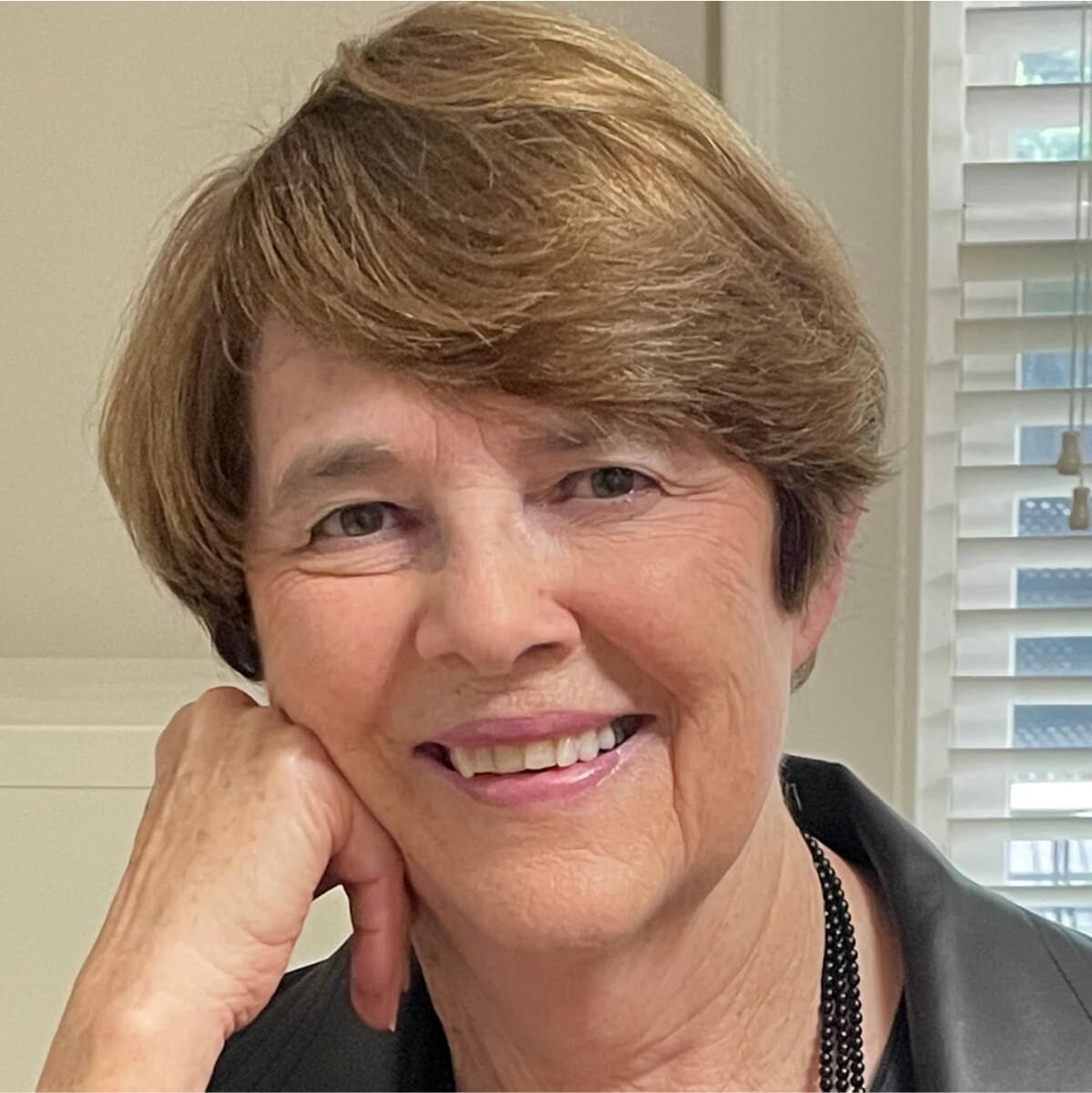
Where are all the female college presidents?
March 15, 2019
In the next few months, a new president will be appointed to lead the University of South Carolina. Considering the school’s 218-year history, odds are another white man will succeed President Harris Pastides in the top job. Neither a woman nor a person of color has ever held that position at the University.
Why is this? Women constitute 53 percent of the undergraduate student enrollment at Carolina, and they have been in the majority for decades. (This tracks the national trend: women have made up the majority of the U.S. college student population since 1979—a whopping 40 years.)
The University of South Carolina isn’t an outlier here. Only 30 percent of college presidents in the U.S. are female, according to a 2017 survey, up just four points from 2011. And the major colleges and universities that have (or recently had) female presidents aren’t usually located in the South.
There is Harvard University, where Drew Faust, a historian who specializes in antebellum southern and Civil War history, served as president from 2007 until 2018. There is Amy Gutmann at the University of Pennsylvania, Carol Christ at the University of California-Berkeley, Martha E. Pollack at Cornell,
Ana Mari Cauce at the University of Washington, and Rebecca Blank at the University of Wisconsin-Madison.
Schools in the South are not in the vanguard here, although the College of Charleston broke the mold a few months ago and appointed Andrew T. Hsu, an immigrant from China, as president. He became the first person of color in the college’s 249-year history to serve as president.
The College of William & Mary, founded way back in 1693, also updated its paradigm last year by naming Katherine Rowe as its first female president.
But back in the Palmetto State, the college presidency imbalance starts in the S.C. Legislature. Our legislators appoint the University’s Board of Trustees, who in turn select the Presidential Search Committee, which then hires an executive search committee that recommends several candidates, who are then winnowed down and a finalist is selected by— you guessed it—the Board of Trustees.
But the S.C. Legislature has just 27 female lawmakers out of 170. The University of South Carolina Board of Trustees has just three women members out of 22. And the Presidential Search Committee that was appointed last fall to find a successor to President Pastides? It has just two female members out of 11. Do we see a pattern here?
There are other reasons for so few women at the top of the Ivory Tower, of course, both in South Carolina and elsewhere. A lack of diversity on boards that hire presidents is one contributing factor, say the experts. Bias against women “being the No. 1…, whether that’s the president of the United States, a governor, or the president of a college,” is another, Andrea Silbert, the president of Massachusetts based Eos Foundation, told Newsweek. Studies show family life may be another factor. Women with children working in academia are less likely to earn tenure-track positions compared to their male peers. Researchers call this finding “the baby penalty.” In addition, the American College President Survey found that 32 percent of women had “altered career progression to care for others” compared to 16 percent of male survey respondents, according to Forbes magazine.
Still, there is reason for optimism. USA Today reported in 2017 that 58 percent of college presidents surveyed are over 60 years of age, and more than half said they “planned to step down in the next five years.” This “impending mass retirement could open the field” for female and minority candidates to “shake up the demographics of college presidents.”
In the meantime, what are we prepared to do about the blatantly unbalanced public bodies in South Carolina that contribute mightily to this problem? Electing more women to the S.C. Legislature would be a start.

Jan Collins is a Columbia, South Carolina-based journalist, editor, and author. A former Nieman Fellow at Harvard and former Congressional Fellow in Washington, D. C., she is the coauthor of Next Steps: A Practical Guide to Planning for the Best Half of Your Life (Quill Driver Books, 2009).